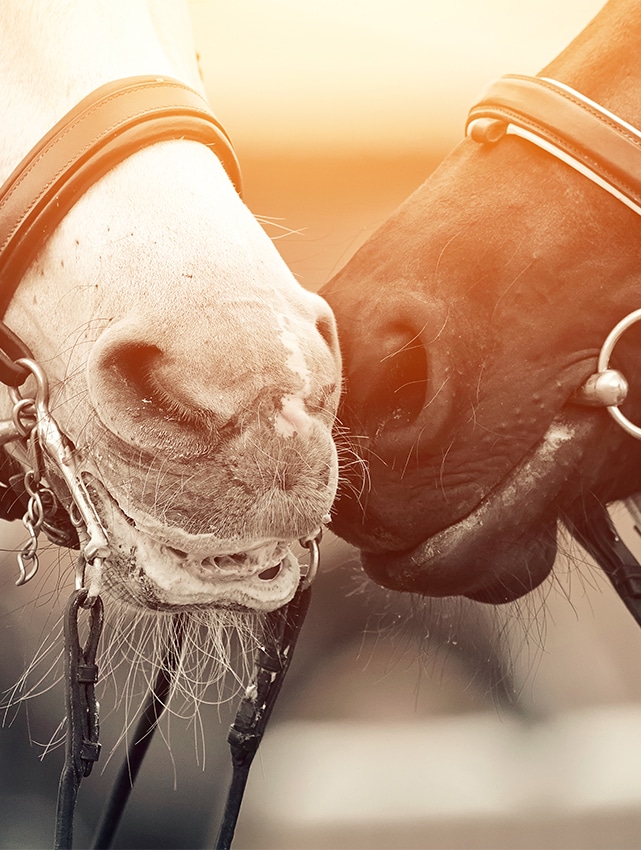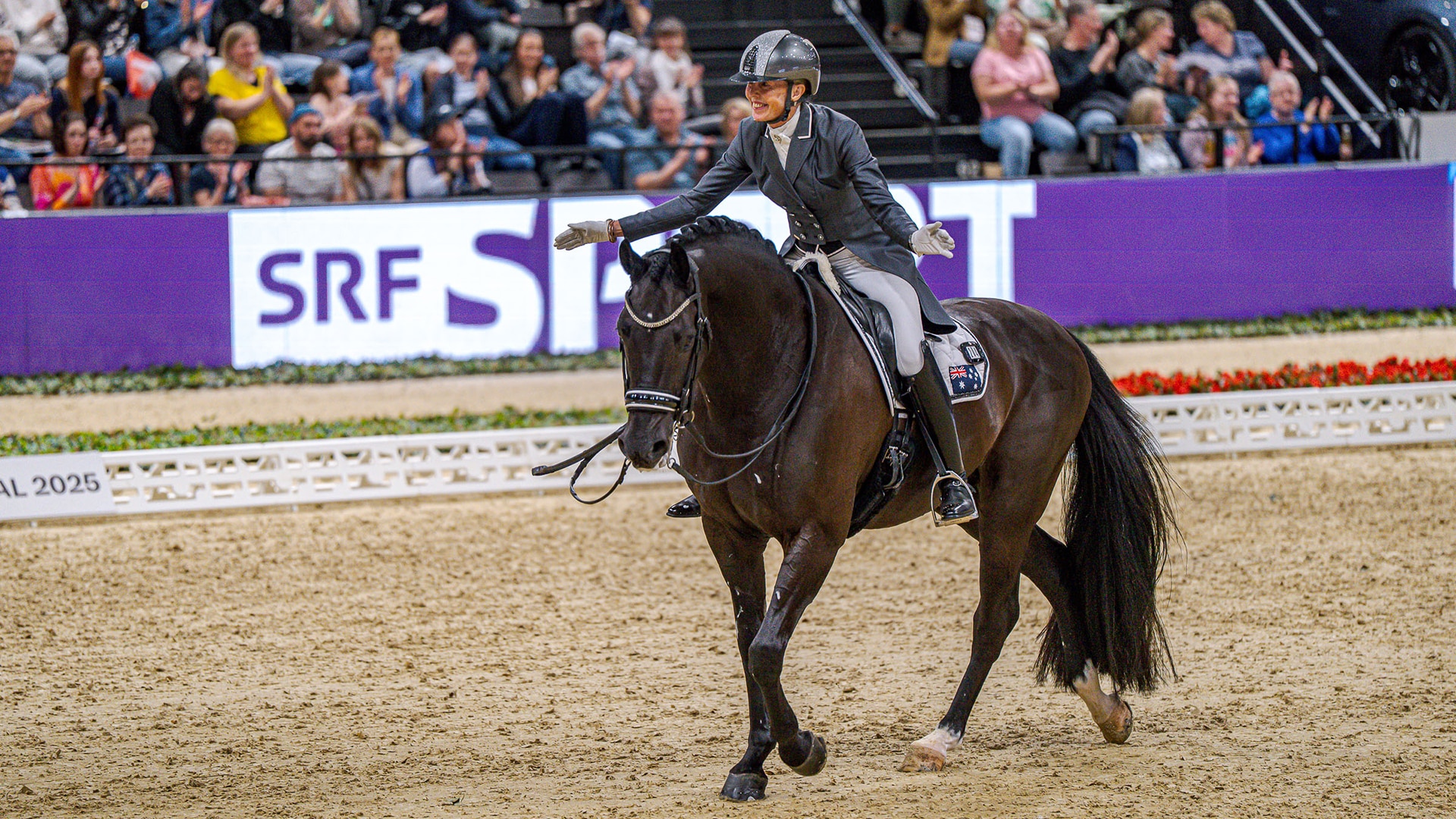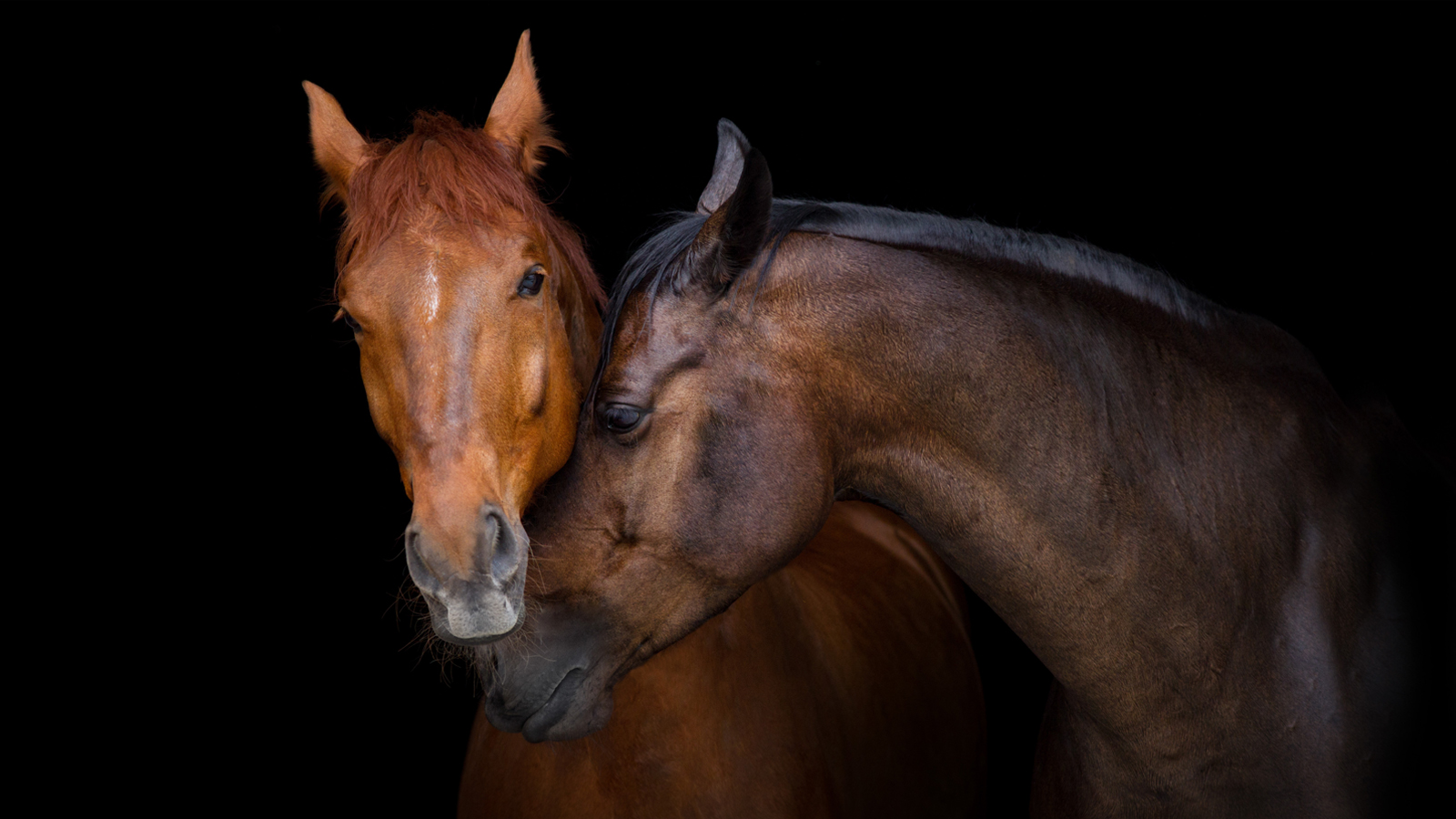For generations the double bridle has reigned supreme in dressage. Its delicate balance of curb and bridoon bits was seen as the mark of an educated horse and a refined rider – the final step in the classical training ladder. But times are changing, and so too is the tack.
The bridoon (snaffle) works mainly in the corners of the mouth, encouraging bending and turning, while the curb bit puts pressure on the bars of the mouth, the chin and the poll, encouraging giving up and down.
The double bridle remains compulsory at the top FEI levels, including Grand Prix, but the debate is far from settled.
A proposal is now on the table that could see snaffles allowed up to CDI3* level by 2027; this proposal was being brought forward at the FEI General Assembly this month, from 4-7 November.
UPDATE: The FEI General Assembly 2025 has approved a key modification to the FEI Dressage Rules, allowing riders the option to compete in a snaffle bridle up to CDI3*/CDIO3* Big Tour level from 1 January 2026.

The FEI currently has a proposal on the table that could see snaffles allowed up to CDI3* level by 2027.
This has been a long time coming. The final FEI Equine Ethics and Wellbeing Commission Report came out in November 2023, and its first recommendation about tack was that double bridles should be optional. Eighteen academic articles were cited, with evidence of tongue and mouth injuries, conflict behaviour and raised stress markers all associated with use of the double bridle.
Here in Australia, riders and judges alike have welcomed the discussion. Many see the snaffle as a symbol of partnership — a choice that highlights training harmony and lightness rather than control. Whether the double remains a fixture or not, one thing is certain: the sport is evolving. The conversation about bit choice is no longer just about equipment; it’s about the future of dressage itself — blending tradition, ethics and empathy in pursuit of true connection between horse and rider.
I will state at the outset here that I am a great supporter of this rule change.
My own view is that the double bridle is unnecessary for the sensitive and trainable horses we have now. A trained Grand Prix horse, in my opinion, responds to the invisible aids we give with our core. I am arrogant enough to believe that many riders are not aware of this because our core muscles are generally under automatic control, so we are largely unaware of the signals we may be giving to our horse. But modern sport horses are so sensitive that they respond to it.
HORSES ARE THE BEST TEACHERS
Horses are always the best teachers, and I was taught this by the first horse I trained to Grand Prix. I noticed he did what I wanted before I had even asked with my voluntary aids, i.e. hands and legs. He clearly couldn’t read my mind, so what was he reading?
Carefully noticing what was happening, I came to realise that he understood what I wanted before I gave an aid with my legs or hands because he was noticing the fine automatic adjustments I subconsciously made in my posture before I applied the aids. I now believe that this sensitivity is one of the attributes that horses with Grand Prix potential usually have. I can feel this responsiveness in young horses and can develop it in the usual way with negative and positive reinforcement.
It is this sensitivity that, in my view, makes the double bridle redundant.
We see truly beautiful examples of Grand Prix dressage with no bit, or even bridles, by amazing trainers such as France’s Alizée Froment. This level of training is well beyond most of us but shows what is possible.

Kerry Mack and Mayfield Limelight competing in a snaffle for a CDN Grand Prix at Willinga Park’s Dressage by the Sea. Image by Rushe Photography.
A BRIEF TIMELINE OF CHANGE
2008 – Netherlands: National federation allows snaffle bridles at national Grand Prix competitions
~2016 – USA: USEF/USDF permit snaffles in many national FEI-level tests; double remains compulsory for Grand Prix.
2019 – International: FEI allows snaffle in CDI1*, CDI2*, Junior, and Young Rider classes.
2021 – Australia: Double bridles allowed in national-level competitions at FEI level (CDN), including Grand Prix.
2024–2025 – Denmark: National federation allows snaffles at national Grand Prix; double bridles restricted at lower levels.
2025 – Netherlands: National federation permits bitless bridles at lower national levels.
2022 – Germany: National federation prohibits bitless bridles at national Grand Prix, but allows them in lower-level jump/pleasure classes.
2027 – International (proposed): FEI may allow snaffle optionality at CDI3*.
WHY USE A DOUBLE BRIDLE?
At the highest levels of dressage, the double bridle is defended as a tool for refinement, precision and athletic expression:
Refined aids and subtle communication: The double bridle allows separate control of lateral (bradoon) and vertical/collection (curb) aids, enabling greater finesse in steering, bend and self-carriage.
Sport standard and demonstration of skill: Use of the double bridle reflects high proficiency; judges expect skilled hands, responsiveness, and light contact at Grand Prix level.
Enhanced control of collection and self-carriage: Once a horse is physically and technically ready, the curb rein supports poll, neck crest, and carriage without stronger, harsher aids.
Classical training progression: The double bridle is introduced only after a horse has mastered self-carriage and obedience in a snaffle, making it part of the classical training pyramid.

Emma Flavelle-Watts and Grand Prix horse Scarlatti Mio VSR competing in a snaffle at Medium Tour (CDN) level. Image by Roger Fitzhardinge.
“Great dressage has never
been about the bit itself.”
WELFARE CONCERNS AGAINST THE DOUBLE BRIDLE
Welfare experts caution that double bridles carry risks if misused:
Mouth and tongue injuries: Excessive tension or poor fit can pinch lips, bruise gums or trap the tongue, causing discomfort or tissue damage.
Excessive rein tension and stress: Conflicting pressures can trigger avoidance behaviors such as gaping, head tossing, or resistance
Masking training gaps: Can force head position or collection before the horse is physically ready, reinforcing tension rather than correct biomechanics.
Premature introduction: Can cause confusion, stress, and behavioural issues.
Observed effects: The FEI Equine Ethics and Wellbeing Commission Report links misuse to oral lesions, “blue tongue,” and elevated stress markers.
In short, the welfare argument emphasises skilled use, careful timing, and correct fit, and questions the mandatory use at the highest levels.
NOT ALL ABOUT THE BIT
Great dressage has never been about the bit itself, but about the feel in a rider’s hands and the trust in a horse’s heart. The snaffle’s rise, combined with welfare-conscious alternatives like bitless bridles at lower levels, reminds us that skill, empathy and softness must go hand in hand with equipment — and that choice can itself be a reflection of good horsemanship. EQ






